 Computing
Computing
Computers I've owned
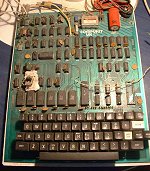
UK101

BBC B

Sinclair QL
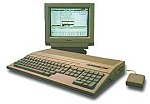
Atari ST1024
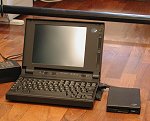
IBM N33sx
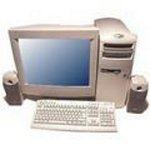
Tiny PC
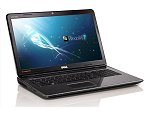
Dell 15R

Chillblast
My computers
I got into computing really by accident. When I graduated (not in computing by the way) the Sinclair ZX80 had just been launched and like many people, the idea of having "a computer" appealed to me. It was the idea of making this inanimate object do things, I think, and seeing what I could make it do, and this was the first sub-£100 computer. After some research I bought a Compukit UK101, which was like a Commodore PET without a screen, and which plugged into your TV. Although I bought one made up, this was actually a kit computer which you could buy as a pack of components and put together yourself. That included soldering the chips to the motherboard, which gives you an idea of the size of them. It had 8k RAM (yes, that 's "k") and an 8k BASIC interpreter, and I happily started learning to program.
To put this in perspective, the PET (the benchmark of the day, along with the Apple II) came in 8, 16 or 32k versions. I asked someone in the university computing department what they would recommend and got the reply that 8k was ok, 16k better, but only businesses would need something with as much as 32k RAM. I went for 8k. Some thirty years on, my current desktop machine has 16GB RAM - that's 2 million times as much as my first one.
When I started work, initially as a trainee accountant, in the Glasgow office of a national firm of accountants, they had just taken delivery of a terminal of a minicomputer based in the Edinburgh office. The formatting language for laying out accounts was similar to BASIC so I was the only one who knew how to make the thing do anything, and it became my baby. And that's how my career in computing started. We ended up with our own minicomputer (a Hartley 8900) and the maximum of 8 terminals, and in 1984 the IBM PC came out and microcomputers began their inexorable march to take over the office world. (Perspective again - our first IBM PC had a 10MB hard disk, my current PC has a 1TB one - 10,000 times bigger).
Back to home computers. After the UK101 I got a BBC B. The BBC had launched a computer literacy campaign and with it Acorn had manufactured a PC for them. It became extremely popular, and rightly so. Good graphics (for the time), good sound, good BASIC interpreter, tape interface to save programs to a domestic casette recorder.
Next came the Sinclair QL. Still better graphics, and it came with a word processor and spreadsheet. It used microdrives, small inch-square micro tape casettes to stare data. ICL badged it as the One-Per-Desk and tried to sell it as a business machine but that never took off. The QL itself was good though.
When an Edinburgh computer shop went bust I got the chance to get an Atari ST1024 cheap. Although Atari is best known as a games machine maker, the ST range were great computers and had a graphical interface (GEM) long before Windows. They also had built-in MIDI ports and were used for recording and live performances by some of the top bands. Stick a keyboard on them, run Cubase and you had a recording studio. Well, not quite, but most of one.

My first move to DOS/Windows (outside the office, that is) was with a black and white IBM 386 laptop running Windows 3.1. Then Windows took over the world and a series of standard PCs followed - Brother, Tiny, Dell.
I've currently got a Lenovo laptop, and an old Dell one, dual booting into Windows 10 or Linux. By the way, never, ever, buy a glossy screen laptop if you want to actually do any work on it. The "glossy" fanatics will tell you how much better the colours are for films, but it's no damn good if you can't see what's on it for reflections.
And for a desktop I've got a Chillblast i5 machine - great company, they regularly get top ratings for their machines in magazine reviews, and when you order online you can change every single component to get your PC to your exact specifications. I like their attitude too - like most machines, the instructions had a list of things to try if your machine doesn't work when you set it up for the first time, but this one included reseating the video card in case it had loosened in transit. No big warnings not to touch it or you'll invalidate the warranty, instead a company that treats its customers like grown-ups and assumes they probably know what they're doing. Nice one Chillblast.
And I've got an Android tablet, which a little to my surprise I use constantly.
